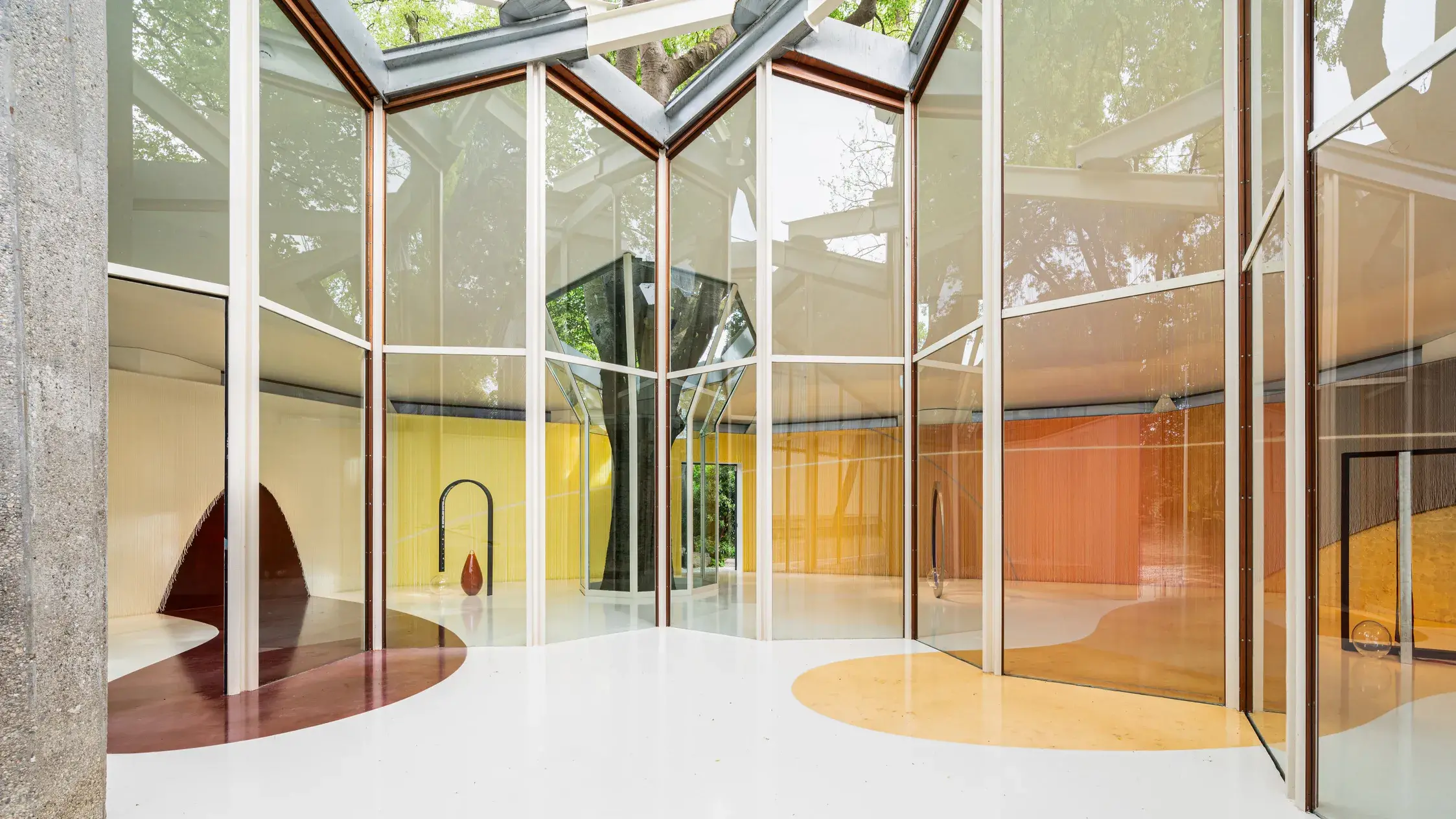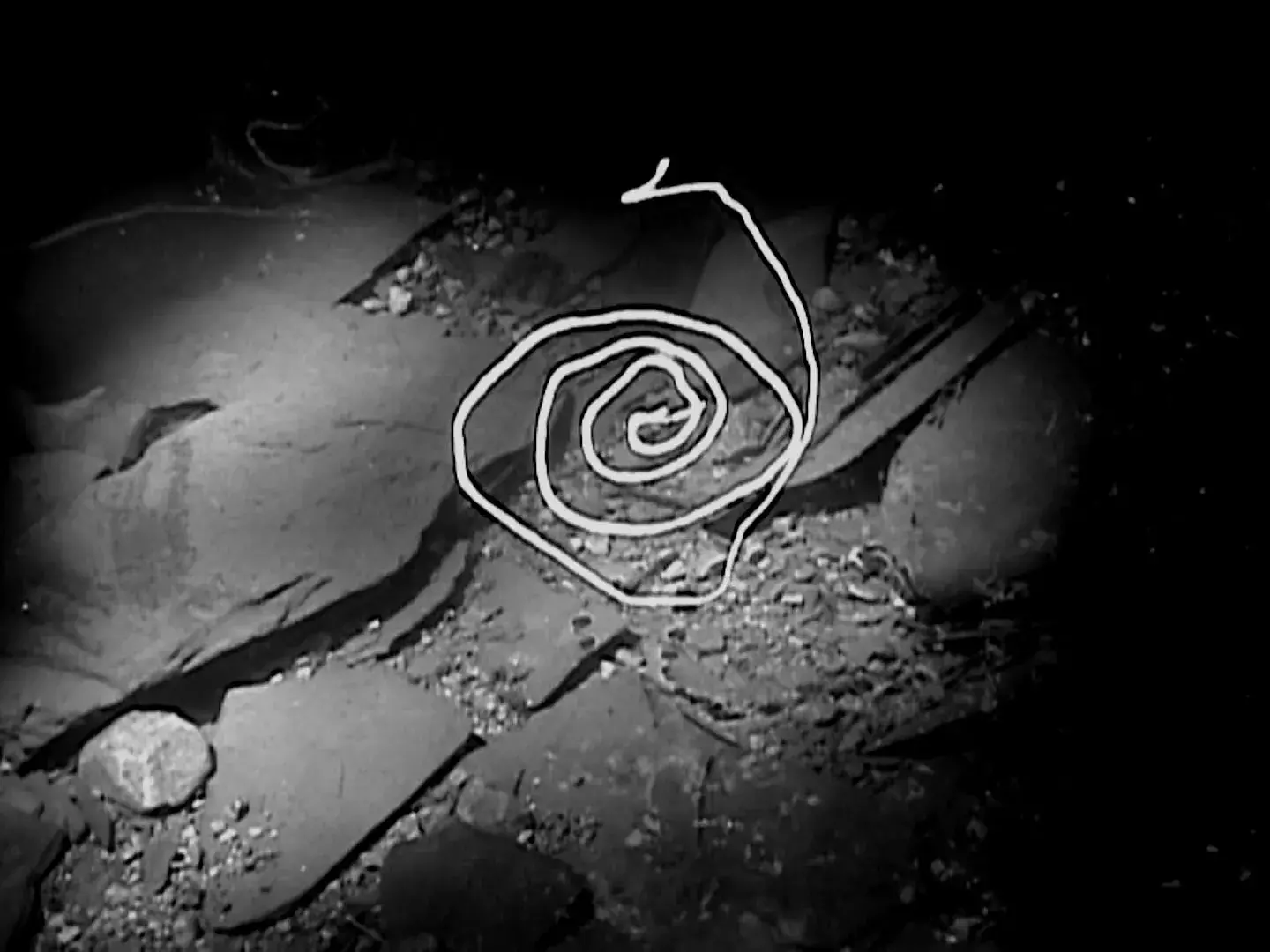Gaëtane Verna serves as curator for the Canada Pavilion at the Venice Biennale
Verna works with multidisciplinary artist Kapwani Kiwanga to represent Canada at the Venice Biennale.

In January 2023, the National Gallery of Canada announced that multidisciplinary artist Kapwani Kiwanga would represent Canada at the next Venice Biennale and that Wexner Center for the Arts Executive Director Gaëtane Verna would be its curator. The result of that collaboration, Kapwani Kiwanga: Trinket, opened in the Canada Pavilion on April 20, 2024, to glowing reviews. On June 13 and 14, 2024, Verna, Kiwanga and the Wexner Center’s Dionne Custer Edwards, Head of Learning and Public Practice, and Emily Haidet, Curator of Public Programs, joined an international panel of scholars in Venice for a two-day symposium that explored the multifaceted research that informed Trinket.
Known for the historical research that undergirds her practice, Kiwanga chose the tiny glass beads known as conteria, or seed bead, which have been manufactured on the nearby island of Murano for over 600 years, to be the primary material for Trinket. Indeed, some two million beads, strung by hand to create a shimmering wall of gradient colors, line the interior of the pavilion. The exterior perimeter of the pavilion is adorned by a veil of thousands of brilliant cobalt blue strands comprising nearly 5 million beads, their hue recalling the lapis lazuli that, at one time, was valued at a price higher than gold.
For centuries conterie were widely traded, carried from Venice to ports around the globe. They were used for ornament, as currency or barter items and literally became part of the fabric of material culture within the regions where they were traded. Sewn into clothing and textiles or fashioned into jewelry, the beads acquired significant symbolic meaning in addition to their aesthetic and important financial value.
In Trinket, the conterie function similarly, pointing to this centuries-long history of transoceanic trade—and to the power structures, violence and inequities accompanying it. As Karin Pallaver, associate professor in University of Bologna’s Department of History and Cultures, explains in her essay for the exhibition booklet, the small glass beads were used by Europeans on the African continent to buy commodities such as gold, bronze, palm oil and precious woods. Kiwanga included sculptures containing these same materials inside the Canada Pavilion.
The conterie also became one of the privileged means of exchange for acquiring enslaved people. Portable, virtually unbreakable and impractical to counterfeit, the tiny beads helped to seed global transformations of ecosystems and societal structures whose vestiges remain to this day.
In her introduction to the exhibition, Verna calls attention to the ways that Kiwanga’s Trinket “probes the multifarious accounts of a world forged by transcultural exchange and commodification.” She also points out, however, that “as one moves through the pavilion’s helical architecture, the work’s expansiveness unfolds, opening the possibility of reimagining and reshaping long-established narratives, while broadening visitors’ perspectives.”
After the April opening, Verna reflected on her experience working “with this artist at this moment in time to imagine a project this complex and challenging” and then to realize it at the Biennale. “We hoped,” she added, “that people would reflect and engage with the poetics of the space, the materials used and the project.”

Installation view of Kapwani Kiwanga: Trinket, 2024, Canada Pavilion, 60th International Art Exhibition – La Biennale di Venezia. Commissioned by the National Gallery of Canada and supported by the Canada Council for the Arts. Ó Kapwani Kiwanga. Photo: Valentina Mori.


